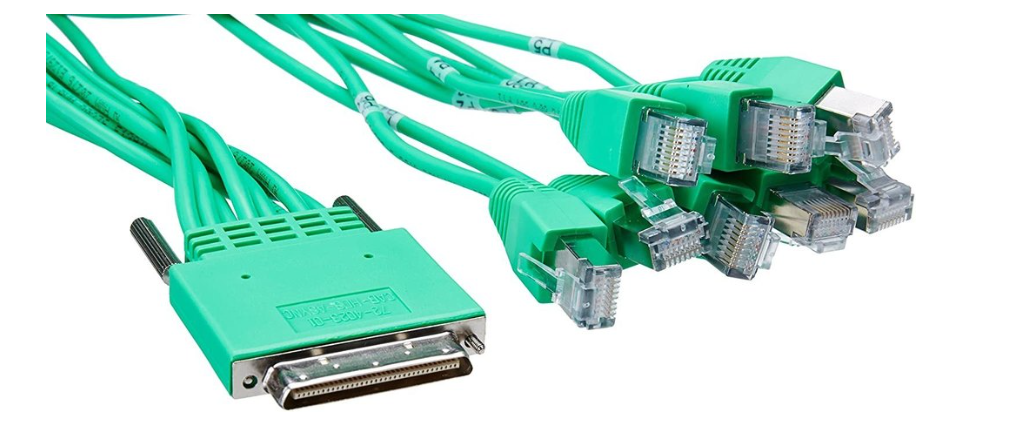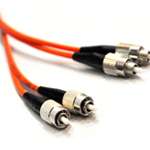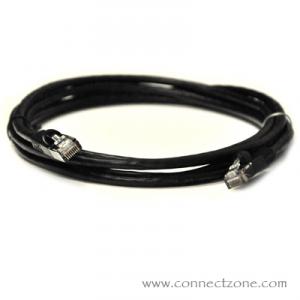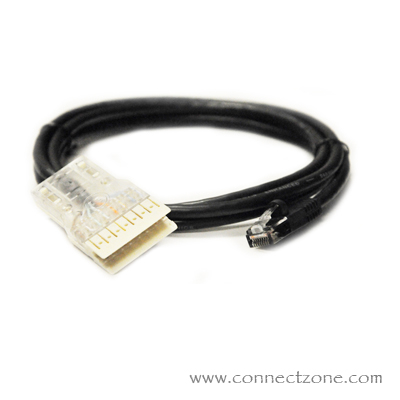We use cookies to make your experience better. Read more
-
Inline Fiber Optic Attenuators UPC & APC
19 Sep, 2011An optical attenuator is a device used to reduce the level of an optical signal, either in free space or in an optical fiber. They are commonly used in fiber optic communications. Optical attenuators used in fiber optic communications systems may use a variety of principles for their functioning. Those using the gap loss principle are sensitive to the modal distribution ahead of the attenuator, and should be used at or near the transmitting end, or they may introduce less loss than intended. Optical attenuators using absorptive or reflective techniques avoid this problem. Because an air gap is subject to variations from contamination etc, attenuators without air gaps (based on doping etc) are more stable over time. The basic types of optical attenuators are fixed, step-wise variable, and continuously variable.Read more - A fiber-optic technique is similar to the copper wire technique that fiber-optics is replacing. The difference is that fiber-optics use light pulses to transmit information down fiber lines in lieu of using electronic pulses to transmit information down copper lines. Taking a look at the parts in a fiber-optic chain will give a better understanding of how the technique works together with wire based systems. Where copper cabling makes use of electricity to transmit signals from finish to another, fiber optics use light pulses to accomplish the same purpose. The fiber cable is made of a transparent glass core surrounded by a mirror like covering called cladding. Light passes through the cable, bouncing off the cladding until it reaches the other finish of the fiber channel - this is called totalRead more
- Multimode & Singlemode fiber are the five types of fiber in common use. Both fibers are 125 microns in outside diameter - a micron is one one-millionth of a meter & 125 microns is 0.005 inches- a bit larger than the typical human hair. Multimode fiber has light travelling in the core in lots of rays, called modes. It's a bigger core (always 62.5 microns, but sometimes 50 microns) & is used with LED sources at wavelengths of 850 & 1300 nm for slower local area networks (LANs) & lasers at 850 & 1310 nm for networks jogging at gigabits per second or more. singlemode has a much smaller core, only about 9 microns, so that the light travels in one ray. It is used for telephony & CATV with laser sources at 1300 & 1550 nm. Plastic Optical Fiber (POF) is large core (about 1mm)Read more
- Read more
9/125 Singlemode High Speed Fiber Optic Duplex Patch Cables
Single-mode fiber is a type of fiber optic cable through which only one light signal can travel at a time. Because single-mode fiber is more resistant to attenuation than multi-mode fiber, it can be used in significantly longer cable runs. The core of a single-mode fiber is normally 9 microns wide.








